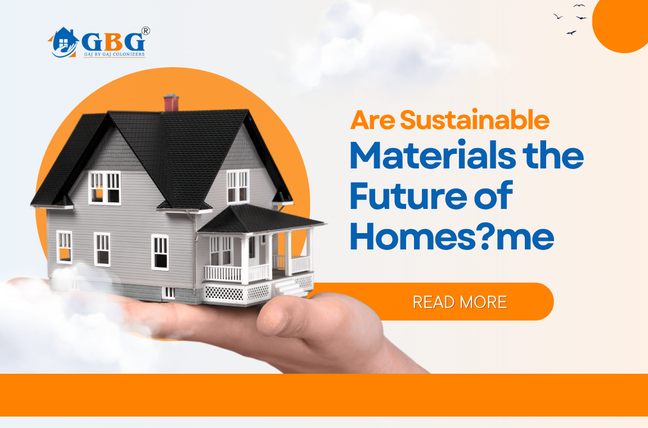The housing industry is evolving fast, and sustainability is at the center of this transformation. As homeowners become more eco-conscious and energy costs continue to rise, sustainable building materials are shaping the homes of the future.
1. Why Sustainable Materials Matter
Traditional construction relies heavily on materials that consume large amounts of energy and produce waste. Sustainable materials—like bamboo, reclaimed wood, and recycled steel—offer a greener alternative by reducing carbon footprints and promoting efficiency.
2. Popular Sustainable Building Materials
- Bamboo: A rapidly renewable resource that’s stronger than many hardwoods.
- Recycled Steel: Reduces the need for mining and offers incredible durability.
- Cork: Naturally renewable and provides excellent insulation.
- Hempcrete: Lightweight, breathable, and carbon-negative.
- Reclaimed Wood: Adds character while minimizing deforestation.
3. Energy Efficiency and Smart Design
Sustainable homes go beyond materials—they also focus on design. Passive solar layouts, efficient insulation, and smart home systems all help reduce energy consumption and costs over time.
4. The Economic Advantage
While green materials can have higher upfront costs, they often pay for themselves through lower energy bills, tax incentives, and long-term durability. Plus, eco-friendly homes tend to have higher resale value.
5. Challenges and the Path Ahead
Wider adoption of sustainable materials faces challenges—like limited availability and higher prices—but innovations in green tech are rapidly addressing these issues. Governments and developers are increasingly supporting sustainable construction practices through policies and grants.
In Summary:
Sustainable materials aren’t just a trend—they’re the foundation of the future. As technology advances and environmental awareness grows, eco-friendly homes will become the new standard, not the exception.

